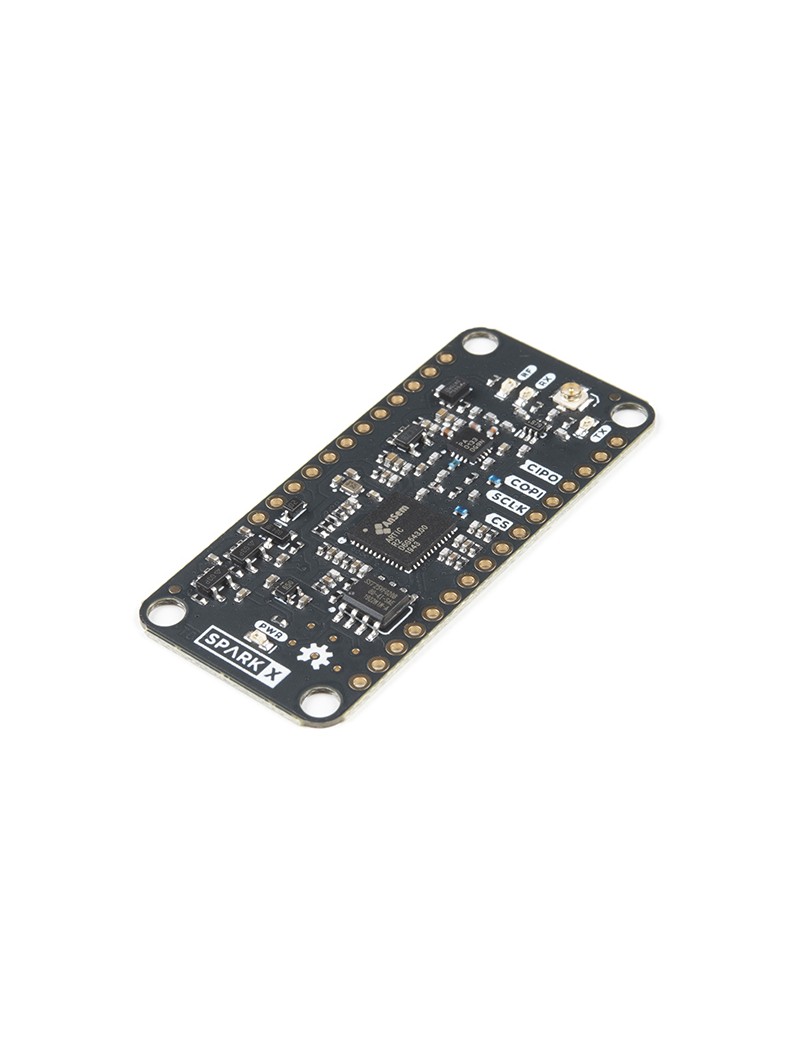

No products in the cart.


Is your project linked to environmental protection, awareness or study, or to protecting human life? Perhaps you are developing a wildlife tracker, ocean buoy, environmental monitoring system or need to transfer emergency medical information? Do you need to be able to transmit and receive data anywhere? If so, this is the product for you! Our ARGOS Satellite Transceiver Shield allows you to send and receive short bursts of data via the ARGOS satellite network, anywhere on Earth including the Polar regions.
The ARGOS system has been around for quite a while. It was created in 1978 by the French Space Agency (CNES), the National Aeronautics and Space Administration (NASA) and the National Oceanic and Atmospheric Administration (NOAA), originally as a scientific tool for collecting and relaying meteorological and oceanographic data around the world. Today, ARGOS is revolutionising satellite communication, adding a constellation of 25 nanosatellites to complement the 7 traditional satellites carrying ARGOS instrumentation. The first of these, ANGELS, is already in operation and SparkFun were among the first users to transmit data to ANGELS in October 2020. When the constellation is complete, there will be a maximum of 10-15 minutes between satellite passes.
Our transceiver shield has been tested and certified by Kinéis for ARGOS 2, 3 and 4 communication. Compared to other satellite communication systems, our shield has a much lower current draw and will work with a very simple, very lightweight quarter-wave wire antenna. The ARTIC R2 chipset on our shield operates from 3.3V and the on-board flash memory enables fast boot times. If you don’t need the full transmit power, or want to conserve your battery life, you can transmit at reduced power too thanks to the opto-isolated gain pin. Our shield is designed to be used with our SparkFun Thing Plus - Artemis but will work with any of our Thing Plus boards. Want to solder on header pins so you can attach hook-up wires or plug it into a breadboard? You can do that too. The interface is 3.3V SPI and will work with a huge range of microcontrollers.
Our Arduino Library makes it really easy to get up and running with ARGOS. We’ve provided a full set of examples which will let you: configure the ARTIC R2 chipset; predict the next satellite pass; receive allcast and individually-coded messages; transmit messages using ARGOS 2, 3 and 4 encoding.
Experimental Product: SparkX products are rapidly produced to bring you the most cutting edge technology as it becomes available. These products are tested but come with no guarantees. Live technical support is not available for SparkX products. Head on over to our forum for support or to ask a question.
FEATURES: